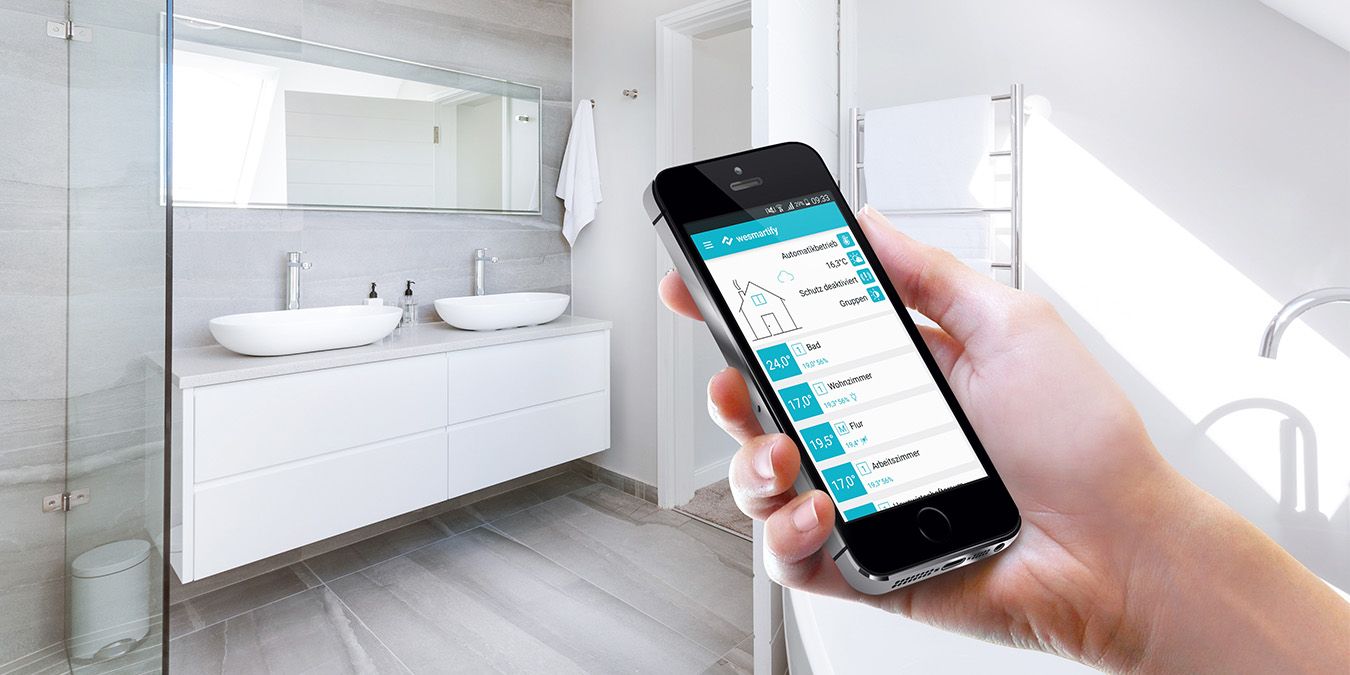A Deep Dive into the World of Smart Home Doors
Seamless Integration and Enhanced Security: Unraveling the Benefits of Smart Door Technology
In the rapidly evolving landscape of smart home innovations, doors are no longer just physical barriers; they have become intelligent gateways, offering convenience, security, and a glimpse into the future of home automation. In this comprehensive guide, we’ll explore the fascinating realm of smart home doors, delving into their features, advantages, and the transformative impact they can have on modern living.
Understanding Smart Home Door Technology
1. Key Components of Smart Doors
Smart doors are equipped with advanced components that include:
- Smart Locks: Replace traditional locks with keyless entry systems, often controlled via smartphone apps or voice commands.
- Door Sensors: Provide real-time information on the status of your doors, including whether they are open or closed.
- Video Doorbells: Combine a doorbell with a camera, allowing homeowners to see and communicate with visitors remotely.
2. Integration with Smart Home Ecosystems
Smart doors seamlessly integrate into larger smart home ecosystems, connecting with devices such as:
- Smart Lighting: Adjust lighting based on door activity for enhanced security.
- Security Cameras: Sync with door sensors and locks to capture footage during specific events.
- Smart Thermostats: Adjust temperature settings when doors open or close for energy efficiency.
Advantages of Smart Home Doors
1. Enhanced Security Measures
- Keyless Access: Eliminate the need for traditional keys, reducing the risk of unauthorized access.
- Real-time Monitoring: Receive instant alerts when doors are opened or closed, enhancing security awareness.
2. Convenient Access Control
- Remote Access: Lock or unlock doors from anywhere using a smartphone app.
- Visitor Management: Grant temporary access to guests or service providers without physical keys.
3. Integration with Home Automation
- Scene Automation: Coordinate door activity with other smart devices to create customized automation scenes.
- Voice Control: Utilize voice assistants to control doors, adding a layer of hands-free convenience.
Types of Smart Home Doors
1. Smart Entry Doors
- Replace traditional front doors with smart alternatives featuring keyless entry, video doorbells, and advanced security features.
2. Smart Interior Doors
- Incorporate smart locks on interior doors for enhanced privacy and access control within the home.
3. Smart Garage Doors
- Upgrade garage doors with smart openers, allowing remote control and monitoring through a smartphone app.
Installing and Setting Up Smart Home Doors
1. Choosing Compatible Devices
- Select smart door components that are compatible with your existing smart home ecosystem or consider building a new one.
2. Professional Installation vs. DIY
- Evaluate whether you prefer professional installation for complex systems or if you’re comfortable with DIY installation for simpler setups.
3. Setting Up Access Control
- Configure access control settings, including user permissions, remote access, and integration with other devices.
Elevating Home Security and Convenience: A Guide to Installing Smart Home Doors
In conclusion, the era of smart home doors marks a significant leap in home automation, offering a fusion of enhanced security and unparalleled convenience. From keyless entry to real-time monitoring and seamless integration with other smart devices, the benefits of smart doors are multifaceted. By understanding the components, advantages, and installation processes, homeowners can embark on a journey to transform their entryways into intelligent gateways, opening doors not just to physical spaces but to a future where homes are smarter, safer, and more connected than ever before.




